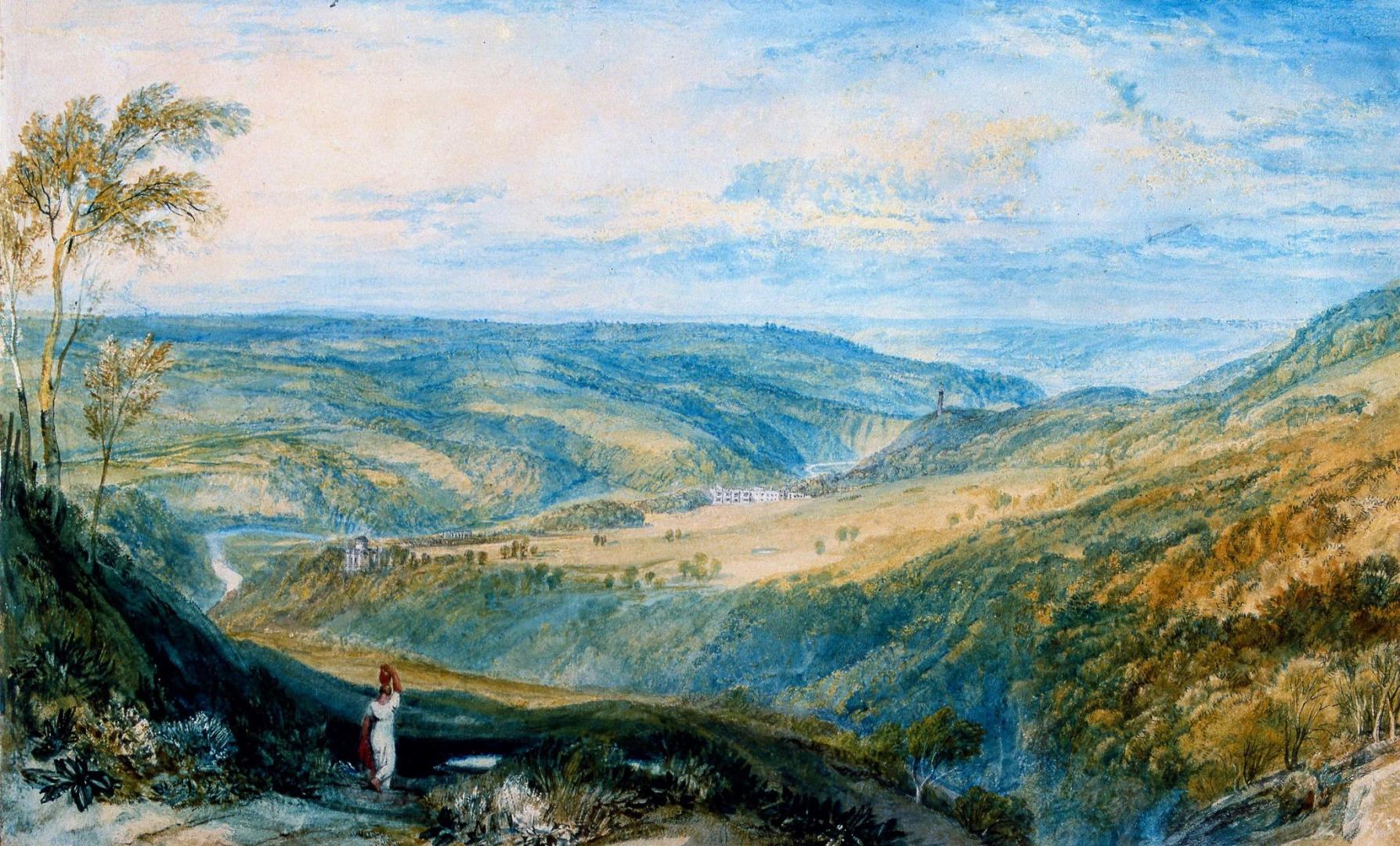In an occasional column, Dorothy Blundell takes a sideways personal look at what goes on behind the scenes at The Bowes Museum where she is a volunteer
THERE is another Swan to which The Bowes Museum owes historical thanks. We all do. The other Swan was a Sunderland-born physicist – Sir Joseph Wilson Swan.
He invented the first electric light bulb and, from November 1870 onwards, began installing light bulbs in homes and public buildings in England, including the Savoy Theatre, London, in 1881.
The birth of the light bulb came too late for founders John and Josephine Bowes to incorporate it into their project and, though they would have been aware of Swan’s invention, they might well have thought it an expense too far.
Astonishingly, it wasn’t until the mid-1950s that electricity arrived at the museum when Durham County Council took over its management.
Until this time, the building was lit by natural daylight captured by the large south facing windows and huge roof atriums. It meant that on gloomy winter days the museum was forced to close early.
These days, the picture and ceramics galleries are beautifully bright, illuminated by energy efficient lights.
But it’s very different in the costume and furniture galleries, where dim lighting is important. The conundrum is this – light is needed to see the objects on display, but that same facility can also cause those objects to be irreversibly damaged.
To shed some light: there are three main groups to the light spectrum – ultraviolet (UV) radiation which is invisible to the human eye and the most damaging to collections (and our skin); visible light (think colours of the rainbow); and infrared which, again, humans can’t see but they can feel as heat.
The intensity of visible light is measured in lux and you only need 50 lux to be able to see the shape and colour of an item, so that is the level set for the most light-sensitive items, including costumes and other textiles, prints, drawings, watercolours and manuscripts.
Moderately sensitive (200 lux) are oil paintings and furniture and the least sensitive (up to 300 lux) are stone, ceramics, metal and glass.
Dyes and pigments fade when exposed to light, even at low levels, and the longer you leave an item exposed to light, the more damage it will do.
Have you ever noticed that in ancient tapestries the areas of foliage often appear blue? This is because the yellow component used to create the green colour has faded over the years leaving only the blue visible.
In the museum, both the music room and the John and Josephine rooms are dimly lit to suit the most light-sensitive of objects and part of this involves eliminating unnecessary visible and UV light with curtains and UV filters to allow closer control of light exposure using electric lighting.
Conservators calculate annual light exposure levels for very sensitive items at 100,000 lux hours to moderately sensitive items at 450,000 lux hours (the figure is the number of hours of light exposure multiplied by the recommended light intensity).
Turner’s two watercolours of Gibside, which were bought directly from the artist by John Bowes’ father the 10th Earl of Strathmore, are – usually – kept beneath a blackout-blind in their own display case. Currently, they are being “rested” from public display and are in storage.
In fact, all the museum’s exhibits have the chance to “rest” when lights are turned off at night – and now, when the museum is temporarily closed to visitors during the Covid19 lockdown.
One day, hopefully in the not-too-distant future, the lights will be switched on again and we will be able to see our way to praising both Swans.
Explore the museum’s collections on the website thebowesmuseum.org.uk






